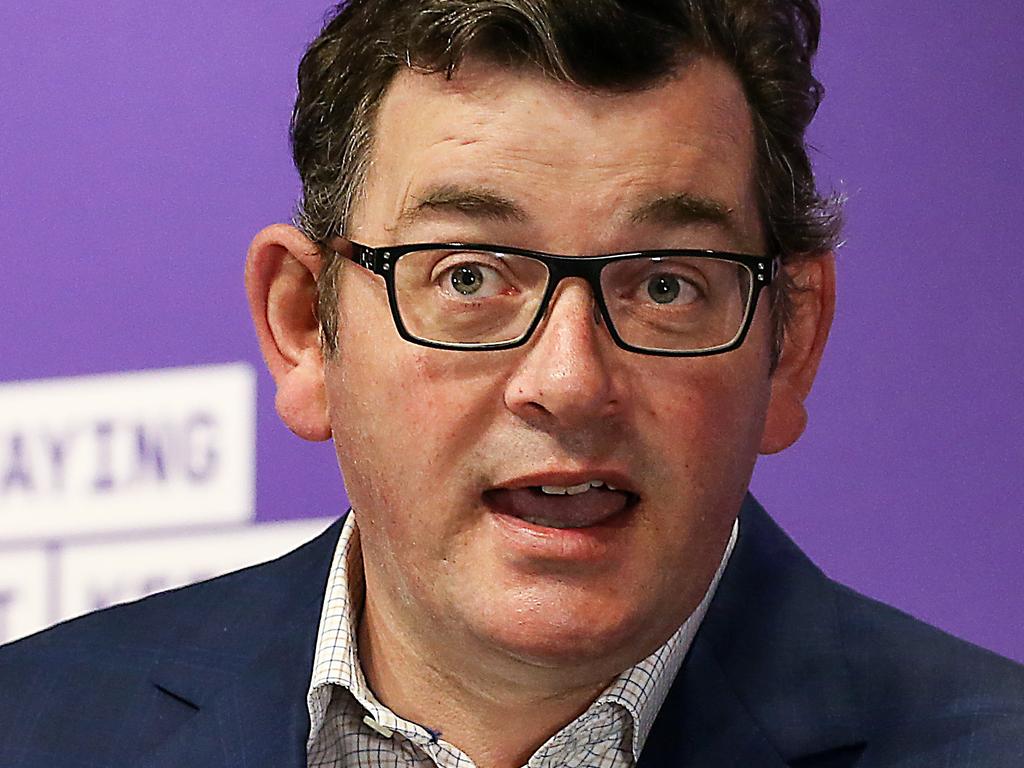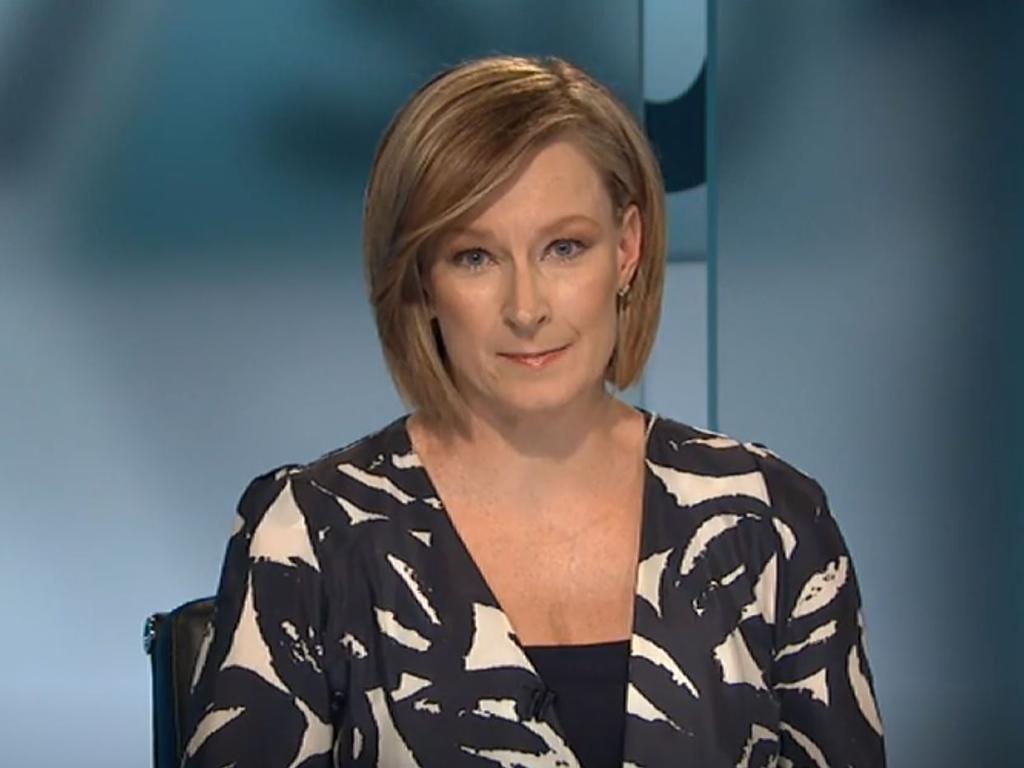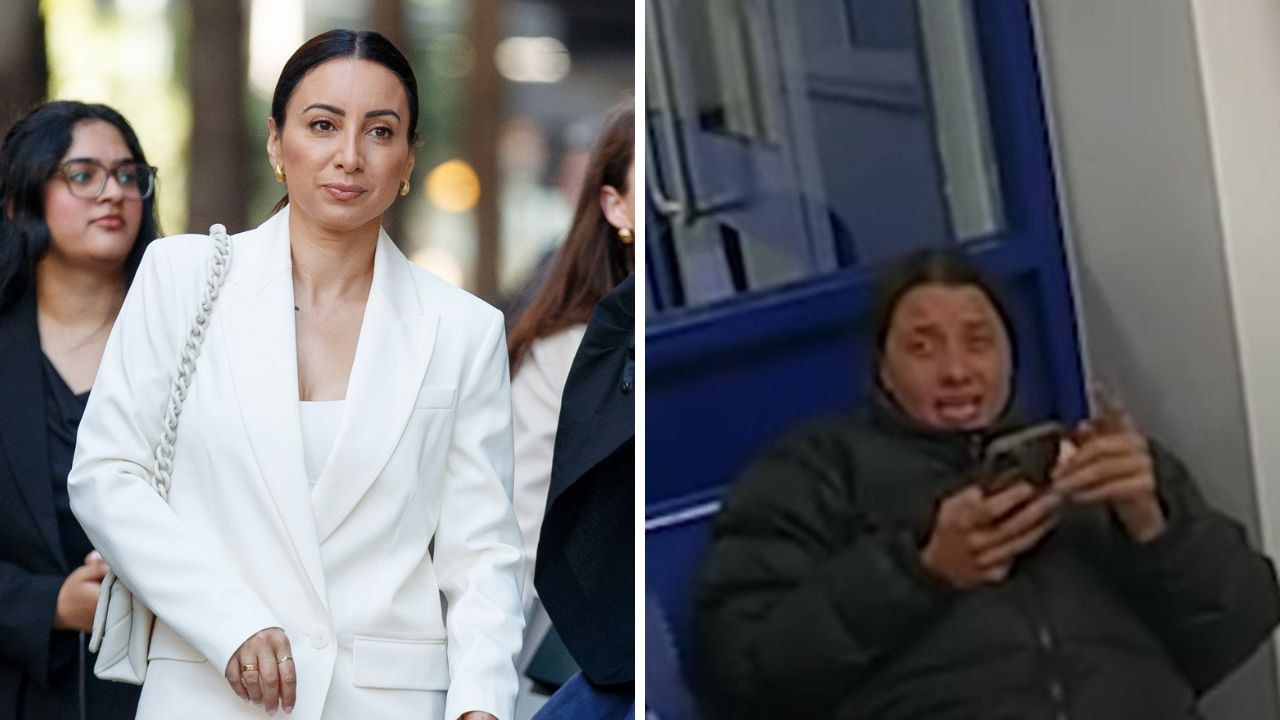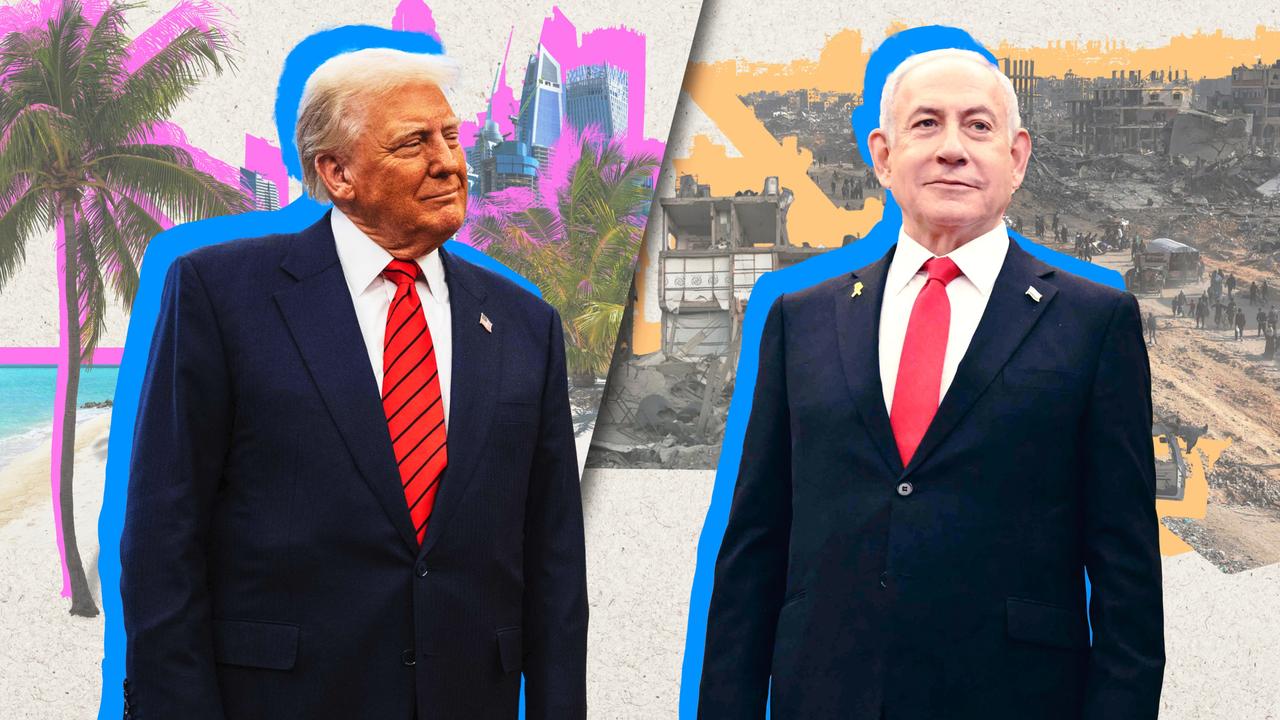Coronavirus: fewer infections raise fresh hope for people desperate to get back to business
Daniel Andrews has left open the option of an accelerated road map out of lockdown with the number of new COVID-19 cases in Victoria falling sharply.
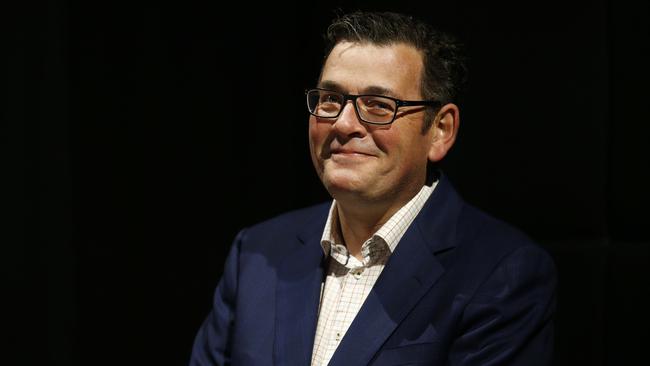
Daniel Andrews has left open the option of an accelerated road map out of lockdown with the number of new COVID-19 cases in Victoria falling sharply.
The Victorian Premier is under intense pressure to speed up the easing of tight coronavirus restrictions — with only 14 new cases recorded on Sunday — as major logistics companies, retailers and real estate agents warn of serious economic pain for every day they remain shut.
The 14 cases is the lowest in more than three months and Mr Andrews said that isolating aged, healthcare and high-risk industries would lead to an even more dramatic fall in case rates.
The falling caseload has been embraced by 6.7 million Victorians who have been subjected to months of restrictions fuelled by the failed handling of hotel quarantine.
Josh Frydenberg told The Australian Victoria should seize on the more palatable coronavirus landscape, arguing the steady improvement would help to reopen the economy and provide workers with economic security.
“The sooner the Victorian economy is opened up, the better, so that people can get back to work, businesses can reopen and kids get back to school,’’ the Treasurer said.
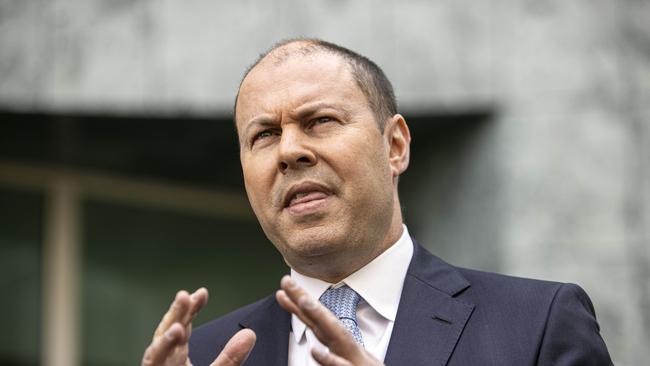
Mr Andrews said Victoria may be ahead of schedule on the pandemic road map to recovery and left open the option of bringing forward post-September restrictions. “We are on schedule. We may even be a bit ahead of schedule,” he said.
“But we’ve got to keep going and that’s why I am so proud and grateful of every single Victorian who is doing the right thing.”
With 14 new cases and five deaths reported on Sunday, the rolling 14-day case average has fallen to 36.2, meaning the easing of restrictions on September 28 is now odds-on, including 100,000 extra people returning to work.
But the crippled business community is begging Mr Andrews to deal with anomalies in his road map and to move faster on his October and November deadlines, with the curfew set to remain in place in a week’s time.
The Morrison government fears Victoria’s slow passage to reopening the Victorian economy is stripping billions from the national recovery and intensifying the impact of the second wave, which has killed significantly more Victorians than were lost by Australia in the Vietnam War.
Transport and logistics giant Toll has warned the Christmas season could be seriously undermined by staffing restrictions affecting supply chains.
“As volumes in these facilities increase heading into the pre-Christmas peak retail season, the current workforce restriction requirement is a significant risk on the supply chain’s ability to meet consumer demand,” Toll global logistics president Peter Stokes has warned Mr Andrews.
“The ongoing imposition of restrictions on warehouses and distribution centres in metropolitan Melbourne risks the long-term viability of such facilities in Victoria.”
Despite raising the spectre of Victoria being ahead of schedule, Mr Andrews said he would be guided by the data, health advice and what was safe.
Assistant Treasurer Michael Sukkar said the social and economic devastation in Victoria needed to be urgently addressed. “With 14 new cases yesterday, covering up for the mistakes of the past needs to stop,” he said.
“Now is the time to significantly ease restrictions before even more irreparable damage is done to Victoria.’’
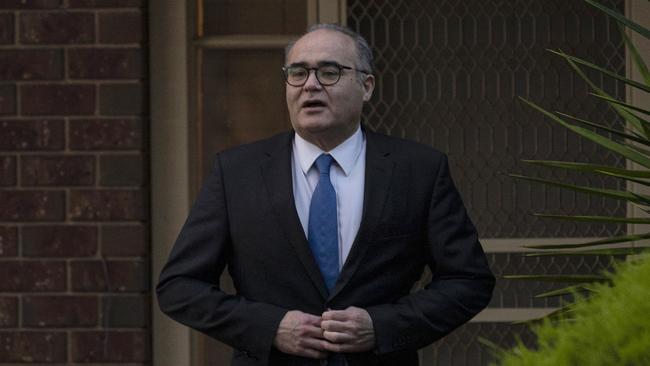
Mr Andrews’s former Labor Party colleague, Adem Somyurek, writing in The Australian, has also harshly criticised the Victorian Premier’s record of protecting civil rights of Melburnians under the state of emergency.
Mr Somyurek, sacked from cabinet after the publication of evidence that suggested he was organising branch stacking, said Mr Andrews had gone too far in his zeal to control the coronavirus outbreak.
“Andrews knows that he will be personally culpable for these failures and has as a result been willing to pursue a draconian, take-no-prisoners, approach to getting infection rates under control to the point of eradication,” he writes. “In Andrews’s mind the diminution of civil rights and the damage to the economy are merely collateral damage.”
The Real Estate Institute of Australia also joined the push to ease restrictions in Melbourne, noting the lockdown had brought the entire industry to a halt.
“It is getting a bit ridiculous now,” Adrian Kelly, the REIA president, said. “We just can’t quite seem to get some sort of communication from the state government as to why we can’t do one-on-one private inspections.
“I think part of the problem is that you’ve got a very powerful left faction of the Labor government in Melbourne who are somewhat anti-capitalist.’’
Victorian Chamber of Commerce and Industry chief executive Paul Guerra said: “We expect the road map to be revised given this fantastic progress and that would be welcome for every worker and every business in Victoria.
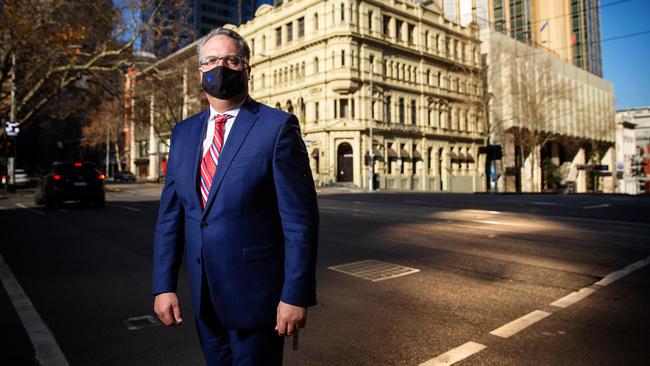
“I am hopeful that we can restart earlier in a strategic, health-focused and well-managed way.”
The Australian Retailers Association said shopping had proven to be one of the safest activities during the pandemic. “And we believe restrictions placed on the retail sector by the government should be eased sooner rather than later,” a spokesman said.
“We believe the COVID-safe guidelines that supermarkets and other essential services retailers use provide a solid model for safe reopening, which can be adapted for all kinds of retail businesses.”
Victoria’s restrictions are due to ease from September 28, and Melbourne will move towards a final step by late November under the current timeline.
Under current restrictions residents must stay within 5km of their homes and a curfew is -n place from 9pm to 5am. From next Monday, assuming cases remain between 30 and 50 for a fortnight, outdoor gatherings of up to five people from two houses will be allowed and childcare will reopen.
More than 100,000 people will return to work in construction, warehousing and postal centres.
From October 26 — assuming fewer than five new daily cases and five mystery cases — many other restrictions will end. November 23 would see even more changes and so-called COVID normal would arise with no new cases for 28 days and none active.
ADDITIONAL REPORTING MACKENZIE SCOTT



